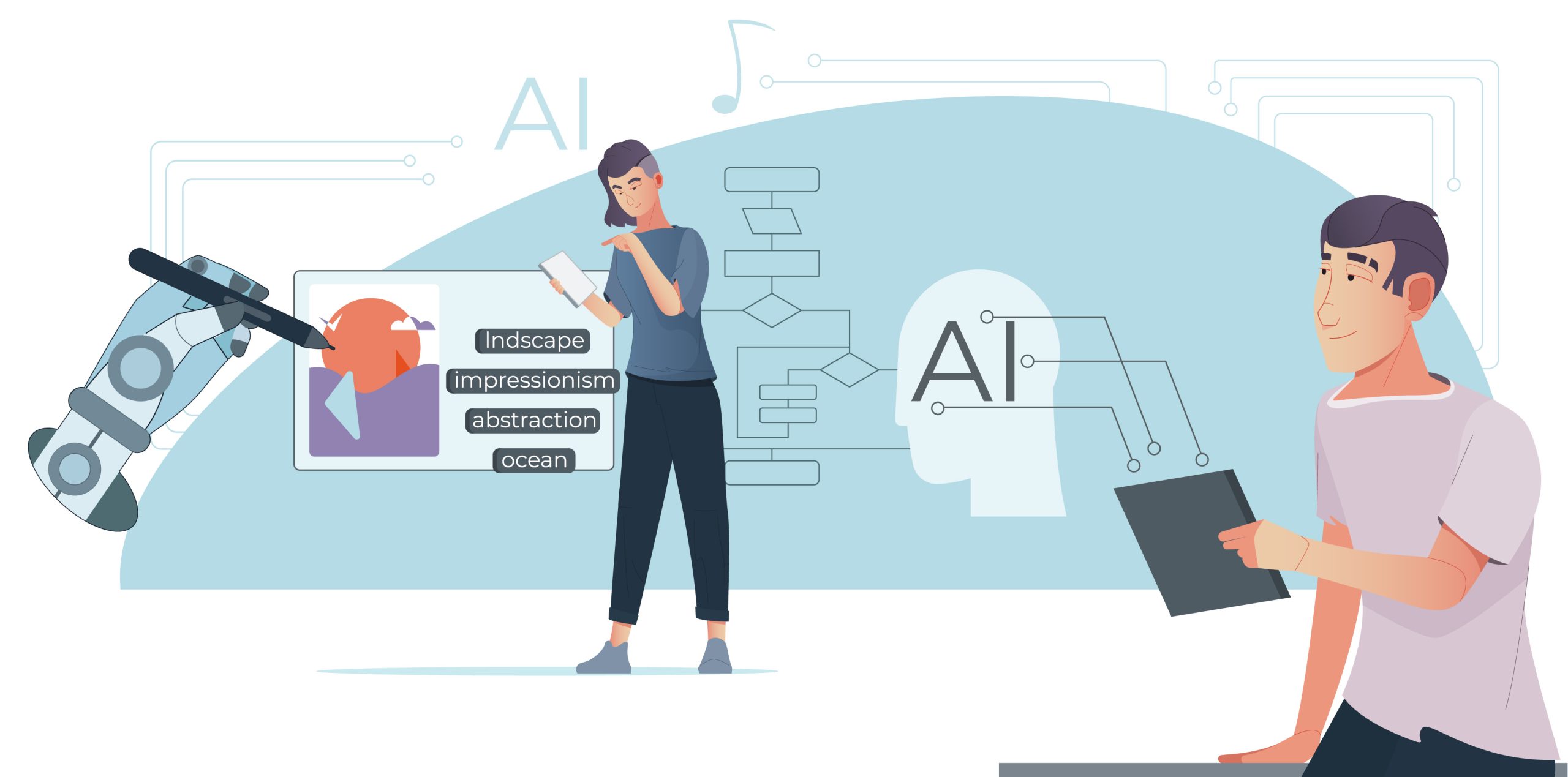AI is not just a buzzword anymore.
It’s a tool that’s changing the way teams work.
And for technical writers, it’s quickly becoming part of the everyday workflow.
I’ve been using AI to improve the way I write and deliver technical documentation.
And the truth is, I’m working better, faster, and smarter than ever before.
🧠 The Shift Happening in Tech Writing Right Now
There’s a noticeable trend across the industry.
More companies are expecting writers to move fast.
Documentation needs to be created and updated at speed—especially in digital transformation projects or agile environments.
The old ways of working don’t scale.
Manual formatting.
Repetitive drafting.
Hours of structure and layout work.
That’s where AI comes in.
And that’s where technical writers like me gain an edge.
⚙️ How I Use AI in My Day-to-Day Workflow
I don’t use AI to replace writing.
I use it to speed up the parts that slow me down.
Here’s what that looks like.
1. Drafting New Content Faster
AI helps me generate draft content from notes, transcripts, and bullet points.
This gets me to a first version quicker so I can focus on refining and validating with stakeholders.
2. Cleaning Up Complex Language
I use AI to help rewrite dense technical language into something more readable.
Especially useful when working across teams or creating content for non-technical audiences.
3. Creating Tables and Lists
When documentation needs formatted steps, data, or decision tables, AI helps build a structure in seconds.
I still customise it—but the head start saves time.
4. Repetitive Edits Across Multiple Documents
I use AI to help apply consistent phrasing or structural patterns across documentation sets.
It ensures alignment with style guides and saves hours in manual editing.
📈 Industry Trends That Make AI a Must for Writers
AI is no longer experimental—it’s built into major writing tools now.
Features like real-time writing assistance, predictive content blocks, and auto-summarisation are everywhere.
Documentation platforms like Confluence, Notion, and GitBook have added AI-powered content helpers.
Even tools like Microsoft Word and Google Docs now include AI features by default.
If you’re not using these tools yet, you’re falling behind.
Clients and employers are expecting content creators to know how to use them.
🧭 Why Technical Writers Should Lead the Way
AI is not just for marketers or engineers.
Technical writers are perfectly placed to use it well.
We know how to write clearly.
We know how to work with structured content.
We know how to validate and adapt information.
That means we can use AI tools more effectively—and responsibly—than most.
Writers who learn how to prompt and shape AI-generated content are adding real value.
Because they know what good documentation looks like.
💡 It’s About Working Smarter Not Cheaper
Using AI as a technical writer doesn’t mean cutting corners.
It means delivering better documentation faster.
It means getting more done in less time without lowering quality.
It’s how we scale content in growing businesses or fast-moving teams.
And it’s how we stay relevant as the tech writing landscape evolves.
✅ What Makes AI Work for Technical Docs
- AI can sort messy input into usable draft content
- It helps apply consistent formatting and structure
- It can summarise and tag content for reuse
- It supports multilingual content or localisation prep
- It keeps the workflow moving when timelines are tight
The key is knowing where to apply it—and when to step in as a human writer.
I don’t hand over control.
I guide the tools.
That’s the real advantage.
🔄 The Future Is Already Here
The future of documentation is fast, digital, and assisted.
The tools are already evolving.
Writers need to evolve too.
By embracing AI now, I’m not just keeping up—I’m staying ahead.
Clients want efficiency.
Stakeholders want consistency.
Users want clarity.
AI helps deliver all of that—when used by someone who knows how to write.






